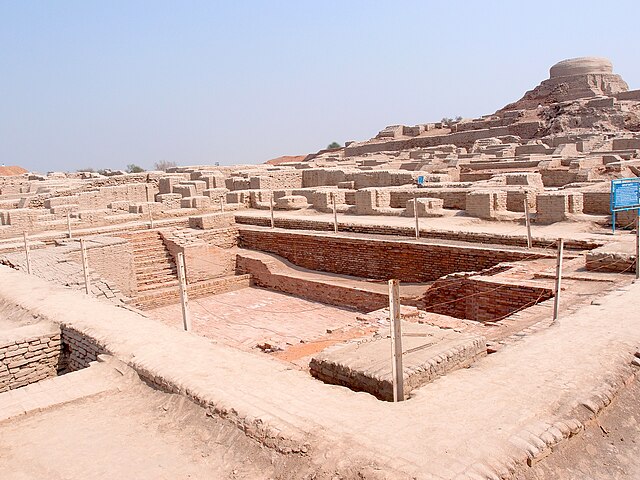A hammam or Turkish bath is a type of steam bath or a place of public bathing associated with the Islamic world. It is a prominent feature in the culture of the Muslim world and was inherited from the model of the Roman thermae. Muslim bathhouses or hammams were historically found across the Middle East, North Africa, al-Andalus, Central Asia, the Indian subcontinent, and in Southeastern Europe under Ottoman rule. A variation on the Muslim bathhouse, Victorian Turkish baths, became popular as a form of therapy, a method of cleansing, and a place for relaxation during the Victorian era, rapidly spreading through the British Empire, the United States, and Western Europe.
Ali Gholi Agha hammam, Isfahan, Iran
Remains of the Antonine Baths in ancient Carthage, from the Roman period, in present-day Tunisia
Qusayr 'Amra in Jordan, among the earliest known examples of Islamic bathhouses, dating from the Umayyad period (7th–8th century)
The "Tree of Life" mosaic in a reception room of the bathhouse at Khirbat al-Majfar, a 7th or 8th century Umayyad-era archeological site in the West Bank
Public baths originated when most people in population centers did not have access to private bathing facilities. Though termed "public", they have often been restricted according to gender, religious affiliation, personal membership, and other criteria.
The Asser Levy Public Baths in Manhattan, New York City (1904–1906, restored 1989–1990)
Great Bath of Mohenjo Daro
People bathing in Bhindyo Gaa Hiti in Kathmandu, Nepal in 2021
Public bathing as cleansing ritual in Tirta Empul, Bali.








